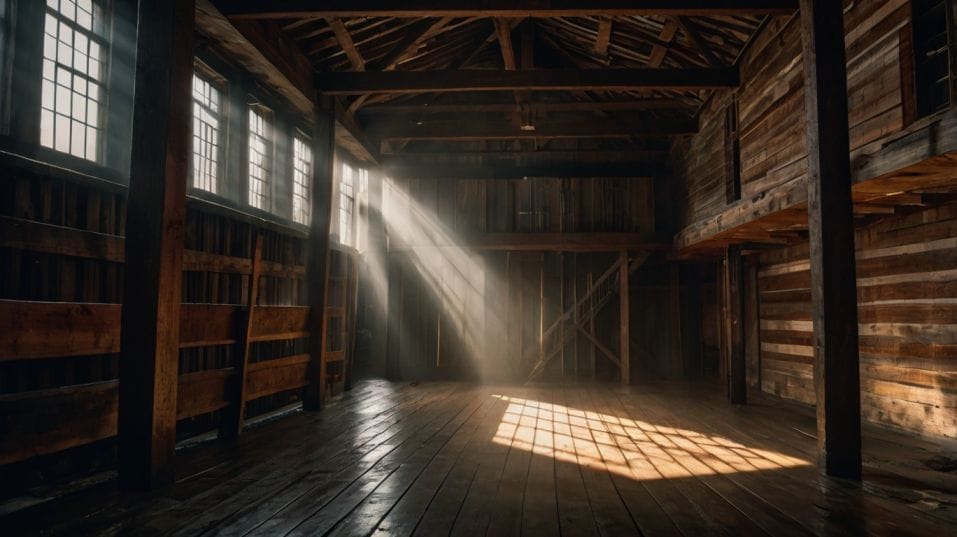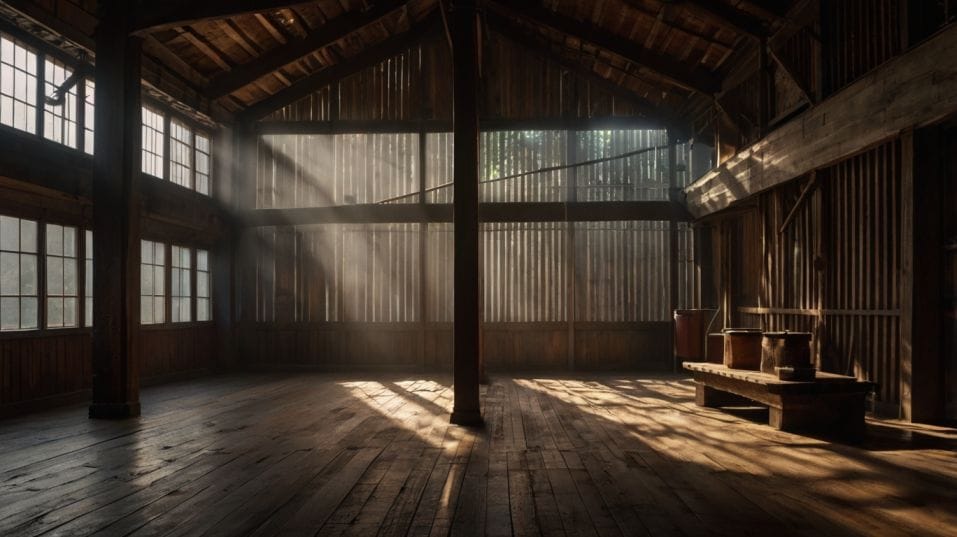How Humidity Changes the Aging Process
Discover how humidity shapes whiskey’s flavor, feel, and finish—perfect for curious drinkers ready to taste and collect with real insight.

What if the air around your whiskey mattered more than the age on the label? For those starting their whiskey journey, understanding how a spirit evolves in the barrel is a game-changer.
It’s not just about the years—it’s about what those years were like. Humidity, often overlooked, plays a quiet but powerful role in shaping taste, texture, and balance.
Master this hidden variable, and you’ll start tasting whiskey with more clarity and confidence than ever before.
The Barrel Isn’t Just a Container—It’s a Breathing Organism
Aging isn’t passive. Whiskey doesn’t just sit in a cask and “get older.” Inside that charred oak barrel, it’s alive. Every day, temperature changes cause the spirit to expand and contract, drawing it in and out of the wood.
Oxygen enters. Harsh compounds get filtered out. New flavors form—vanilla, spice, dried fruit, smoke. All of this is the result of chemical reactions happening over time.
But time alone doesn’t do the work. Humidity is the invisible hand directing how aggressively and in what direction those changes unfold.
In dry environments—think high-altitude or desert-like warehouses—there’s less water vapor in the air. That means the water in the whiskey evaporates faster than the alcohol. Over time, this leads to a higher proof.

On paper, that sounds like a win. But it’s not that simple. Rapid water loss can cause whiskey to over-concentrate, pulling in too much tannin from the wood too quickly. The end result can be a spirit that’s hot, astringent, or prematurely bitter.
High humidity environments, on the other hand, slow water evaporation. In those spaces, alcohol evaporates faster than water, leading to a lower ABV over time.
But don’t mistake lower proof for weakness. These whiskeys often have longer interaction with the wood at gentler rates, allowing for deeper integration, subtler complexity, and smoother transitions on the palate.
The takeaway? Humidity doesn’t just influence what leaves the barrel. It reshapes what stays behind.
Where the Whiskey Ages Changes What It Becomes
Inside a warehouse, climate isn't one-size-fits-all. Barrels stored on higher floors are exposed to more heat and often drier air. Those stored down low are closer to the ground, in cooler, damper conditions.
The variance can be dramatic. In multi-story rickhouses, a top-floor barrel can age like it's on fast-forward—pushing proof up, flavor forward, and tannin extraction into overdrive.
That can lead to bold, aggressive bottles with explosive nose and a quick, fiery finish. Lower-level barrels move slower. Humidity tends to be higher.
Proof may drop over time, but what you get in return is more rounded character—less spike, more curve. Think lingering oak, warm spice, buttery vanilla, restrained sweetness.
Storage Strategy Affects the Outcome
Not all distilleries rotate barrels between levels. Some use a “set it and forget it” strategy, letting the barrel’s environment dictate its path.
Others rotate casks between floors to even out differences. When you’re building a collection or evaluating single barrels, this kind of detail matters.
The warehouse floor—and the humidity it brings—can explain why a seven-year whiskey tastes like it’s ten… or vice versa.
If you’ve ever sipped something that felt thin despite its age, or oddly dense for its youth, odds are humidity had a say.
Humidity Doesn’t Just Affect Alcohol—It Shapes Flavor Chemistry
Evaporation is just the surface. Humidity also guides how the spirit interacts with the barrel’s chemical compounds—lignin, cellulose, hemicellulose, tannins, lactones.
These compounds break down and recombine over time to form the flavors we associate with well-aged whiskey.
In dry conditions, aging can be more extractive. Whiskey pulls flavor from the barrel quickly: big oak, char, caramelized sugar.
That can be thrilling in short bursts. But when pushed too hard, you get over-oaked, under-developed spirit—like chewing on a wet stave.
High humidity slows that roll. It lets flavors evolve rather than explode. You’ll notice more balance between wood and distillate, more layering of flavor, and less burn on the finish.
It’s Not Just Chemistry—It’s Tactile
For whiskey makers who care about nuance, this matters. Some will design barrel warehouses to maximize humidity, using stone or earth floors to retain moisture.
Others let nature run its course, knowing it gives them a broader palette to paint with when blending.
As a drinker, you don’t need a chemistry degree to benefit from this knowledge. You just need a sharp tongue and a good memory. Start tracking how high-humidity-aged whiskeys feel different than those aged in drier climates.
You’ll begin to recognize the slow-build depth of a coastal Scotch warehouse versus the high-velocity bite of a high-heat bourbon rickhouse.
Why This Matters to You—Not Just the Distiller
You’re not here for trivia. You’re here to taste smarter, collect better, and drink with confidence. Understanding humidity isn’t just for distillers—it’s a critical part of seeing the full picture behind what you’re drinking.
It helps explain:
- Why some cask-strength whiskeys drink smoother than their ABV suggests.
- Why a ten-year bottle from one region tastes bolder than a twelve-year from another.
- Why you might prefer a whiskey that others dismiss—because it came from a different kind of climate, and your palate resonates with that.
Collecting whiskey isn’t just about snagging rare bottles or chasing age statements. It’s about building your own point of view.
Humidity helps you get there. It gives context to taste. It adds clarity to why certain bottles hit harder—or linger longer—than others.
Next time you buy a bottle, read beyond the label. Ask where it was aged. Was it a high-floor cask in a Kentucky summer? A coastal warehouse by the sea?
A desert distillery fighting dry winds? That background is a roadmap. It tells you how to approach the pour, how to taste it, and how to compare it.
Final Thoughts: Drink Like You Know What Happened
Humidity is invisible—but its influence is everywhere. It guides the pace of aging, the feel of the finish, and the final proof in the bottle. Once you understand its role, you’re no longer just drinking a whiskey. You’re reading the story behind it.
So dig deeper. Don’t stop at the age or the ABV. Start asking about the environment, the air, the place that shaped it. Let that shape how you collect, how you taste, and how you talk about whiskey.
Pick a bottle aged in a different climate. Taste it slowly. Ask what the air did to it. And start building a collection with not just style, but strategy. Today’s a good day to pour with purpose.




